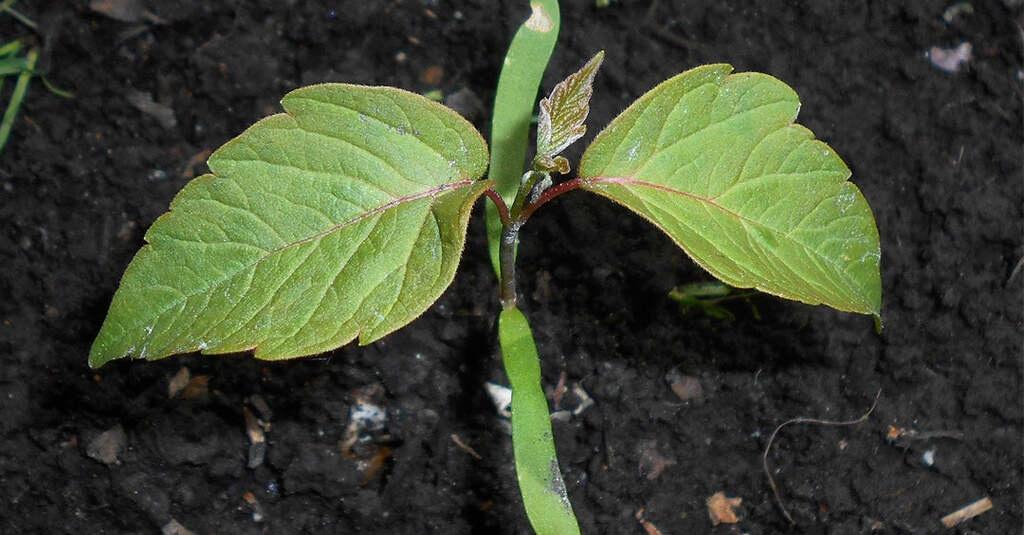Are you curious to know what is the function of stomata? You have come to the right place as I am going to tell you everything about the function of stomata in a very simple explanation. Without further discussion let’s begin to know what is the function of stomata?
What Is The Function Of Stomata?
Stomata are microscopic pores found on the surface of leaves and stems of plants. While they may seem inconspicuous, their role in the life of plants is indispensable. In this article, we unravel the mysteries surrounding stomata, exploring their functions and significance in plant physiology.
What Are Stomata?
Stomata, derived from the Greek word “stoma” meaning mouth, are small openings present in the epidermis of plant leaves and stems. They are surrounded by two specialized guard cells that control their opening and closing.
The Structure Of Stomata:
Stomata consist of two specialized cells called guard cells that flank an opening known as the stomatal pore. The guard cells contain chloroplasts and are responsible for regulating the opening and closing of the stomatal pore.
Function Of Stomata In Photosynthesis:
Stomata play a crucial role in photosynthesis, the process by which plants convert light energy into chemical energy. During photosynthesis, carbon dioxide (CO2) from the atmosphere enters the leaf through the stomatal pores. This CO2 is essential for the synthesis of glucose and other organic molecules by plants.
Regulation Of Gas Exchange:
In addition to facilitating the entry of carbon dioxide, stomata also regulate the exchange of oxygen (O2) and water vapor (H2O) between the plant and the surrounding atmosphere. Oxygen produced as a byproduct of photosynthesis exits the leaf through the stomatal pores, while water vapor exits during transpiration, the process by which plants lose water through their leaves.
Role In Transpiration:
Transpiration, the loss of water vapor from plant surfaces, is a vital process for maintaining the water balance in plants and cooling the leaf surface. Stomata control the rate of transpiration by opening and closing in response to environmental conditions such as light intensity, humidity, and water availability.
Stomata In Plant Respiration:
During respiration, plants utilize oxygen and release carbon dioxide as a byproduct. Stomata facilitate the exchange of gases required for respiration by allowing the entry of oxygen and the exit of carbon dioxide.
Significance In Plant Physiology:
The proper functioning of stomata is crucial for plant survival and growth. By regulating gas exchange and water loss, stomata help plants maintain internal water balance, prevent wilting, and optimize photosynthetic activity.
Stomata In Different Classes:
Studying the function of stomata is integral to various levels of education. From class 4 to class 12, students learn about stomata and their significance in plant biology. Understanding stomatal function enhances students’ comprehension of photosynthesis, respiration, and plant physiology.
Conclusion:
In conclusion, stomata are multifaceted structures essential for the survival and growth of plants. From facilitating photosynthesis and gas exchange to regulating transpiration and maintaining water balance, stomata play a pivotal role in plant physiology. Understanding the function of stomata provides valuable insights into the intricate mechanisms underlying plant growth and adaptation to environmental conditions.
By delving into the world of stomata, we gain a deeper appreciation for the remarkable adaptations that enable plants to thrive in diverse ecosystems. Whether in the classroom or in the garden, the study of stomata enriches our understanding of the natural world and our interconnectedness with it.
FAQ
What Is The Main Function Of Stomata?
Its prime function is to exchange the gases by closing and opening the pores in the leaves. It assists in eradicating excess water from the leaves. It removes oxygen and takes in carbon dioxide at the time of photosynthesis. It assists in monitoring the movement of water via transpiration.
What Is The Function Of Guard Cell?
The guard cells surround each stoma for their protection. They are the cells that regulate the rate of transpiration by opening and closing of stomata. The guard cells swells up and open the stomata for the exchange of gases when the plant has an excess of water.
What Is The Function Of The Stomata And Chlorophyll In Leaves?
Answer: Chlorophyll is in the chloroplasts of the plant cells. Chlorophyll is where photosynthesis happens and so the plant needs it to be able to make energy. Stomata are the “holes” in the bottom of the leaf which allows carbon dioxide to come in, and oxygen and water to leave the cell.
What Are The Types And Function Of Stomata?
There are five main types of stomata, named as Anomocytic stomata, Anisocytic stomata, Paracytic stomata, Diacytic stomata, and Gramineous stomata. Each type of stomata has a unique arrangement of guard cells and subsidiary cells, which influences their function in regulating gas exchange and water loss in plants.
I Have Covered All The Following Queries And Topics In The Above Article
What Is The Function Of Stomata In Photosynthesis
What Is The Function Of Stomata Class 9
What Is The Function Of Stomata Class 7
What Is The Function Of Stomata Class 12
What Is The Function Of Stomata Class 11
What Is The Function Of Stomata Class 10
What Is The Function Of Stomata Class 4
What Is The Function Of Stomata


